Organisations need good leaders to succeed. They ensure clarity of vision and motivate their teams, and every leader has their preferred way in which they manage their team to ensure the job gets done. These are called leadership orientations.
There are two recognised types of leadership orientation - task-oriented leadership and people-oriented leadership. To effectively manage and motivate teams, it’s important to understand these styles and how to use them.
Understanding task-oriented leadership
Let’s start with task-oriented leadership. Leaders who lean into this style are focused on tasks, goals, and efficiency. They don’t always request input from their teams but use their knowledge of their skill sets to delegate accordingly and ensure projects are completed on time. These leaders emphasise organisation, structure, and achieving specific outcomes. They communicate concisely and manage their time well - and expect the same from others.
This approach has its advantages. Task-oriented leaders work well to deadlines, autocratically divvying up tasks between their teams to make sure all elements of a project can be completed in time and that no one part of the workforce machinery is jamming up the next. They are highly productive, and ensure the lines of responsibility for each role are clear to those in and adjacent to them.
These sound like ideal qualities when it comes to the success of any given organisation. However, this leadership orientation has its downsides. When a leader is too task-oriented, they risk overlooking the needs of their employees as people, leading to low morale and potential burnout.
Understanding people-oriented leadership
People-oriented leaders look at their people first, and tasks second. They are motivated by the needs, development, and wellbeing of their team, and use their skills in empathy and communication to build strong relationships with all team members.
Leaders who are people-oriented play a key role in employee satisfaction and inspire loyalty. They spearhead collaborative teams who feel supported to propose new ideas and take risks.
However, as people-oriented leaders tend to focus on maintaining positive relationships, they can run into difficulty when it comes to discipline. If a manager’s leadership orientation is too people-focused, attention can be drawn away from tasks and too much leeway can be expected around deadlines. Employees led by people-oriented leaders may be happy, but they may also be less efficient.
Balancing task and people orientation in leadership
As we’ve seen from the potential disadvantages of these leadership orientations, it can be detrimental for a leader to lean too far in either a task-oriented or people-oriented direction. Go one way and your company may suffer from poor employee retention and burnout, go the other and you may lose discipline and focus.
This is why all leaders need to strike a balance. They need to understand the different types of leadership orientations and their signifiers to get a feel for what their natural inclination is. With this knowledge and awareness, they can seek to find a balance that allows them to help their team get work done without being dictatorial or losing track of tasks. Leaders should always adapt to fit the organisational context and their team’s needs, recognising if their situation calls for a more people-oriented or task-oriented approach and adapting as the situation evolves.
The need to call upon different leadership orientations may change on a day-to-day basis. On days with tight deadlines or sudden challenges, a task-oriented approach can get everyone in order and ensure all tasks are outlined and completed. The same leader who applied this technique may then recognise that, following the announcement of a restructure, a people-oriented approach is required to maintain morale and reassure their team. Leaders who can flex and strike a balance see a higher level of performance from their team. Bill Gates is known for his ability to transform his leadership style as the situation requires, and he is arguably one of the most successful leaders in the world.
Assessing your leadership style
Leaders can make use of a few different methods to assess their leadership style.
Self-assessment and self-development require little investment other than time. To self-assess, leaders should look back on recent projects and teams they’ve managed and review how they handled those situations. They can look out for signs of task-orientation or people-orientation in their current interactions.
Feedback from peers and team members is another useful way of uncovering leadership style. This approach removes any of the leader’s personal bias from the equation, instead highlighting how those who have experienced their leadership viewed them. 360-degree feedback, which collates contributions from superiors, subordinates, and colleagues outside of their team, is a particularly effective tool in this work.
To dig down into leadership orientation, people can complete psychometric assessments. These tests use people science to discover an individual’s traits, including their workplace personality, behaviour, emotional intelligence, and general aptitude. Add this all up and you’ll have a clearer picture of a person’s leadership orientation.
Leveraging Thomas’ expertise
Thomas, the expert in people science in the workplace and recruitment, can help your leaders identify their natural leadership orientation through psychometric assessments. We can then work with you to provide bespoke training and coaching to help leaders develop a more balanced approach, enhancing both task achievement and team engagement.
Speak to one of our team today to find out more about our platform and training.
The impact of leadership orientation on organisational success
Let’s recap: task-oriented leaders are good delegators and decision-makers; they ensure everything is completed on time but can overlook their employees’ well-being in doing so. People-oriented leaders, on the other hand, naturally lean towards empathy and relationship building, but this can lead to problems disciplining their teams, leading to slipping deadlines.
As such, understanding leadership orientations and striking a balance is key. Leaders who can adapt their style, turning one way or the other as a situation calls for it without pushing too hard in one direction, have the best impact on their team’s engagement, productivity, and adaptability.
To ensure the leaders in your organisation have the techniques and awareness to do this right, speak to one of Thomas’ team today. Our platform was designed to make better leaders.
Self-aware, balanced leaders are needed to navigate the complex modern workplace and motivate busy teams for success. Understanding and utilising leadership orientation will help your leaders reach their full potential.




